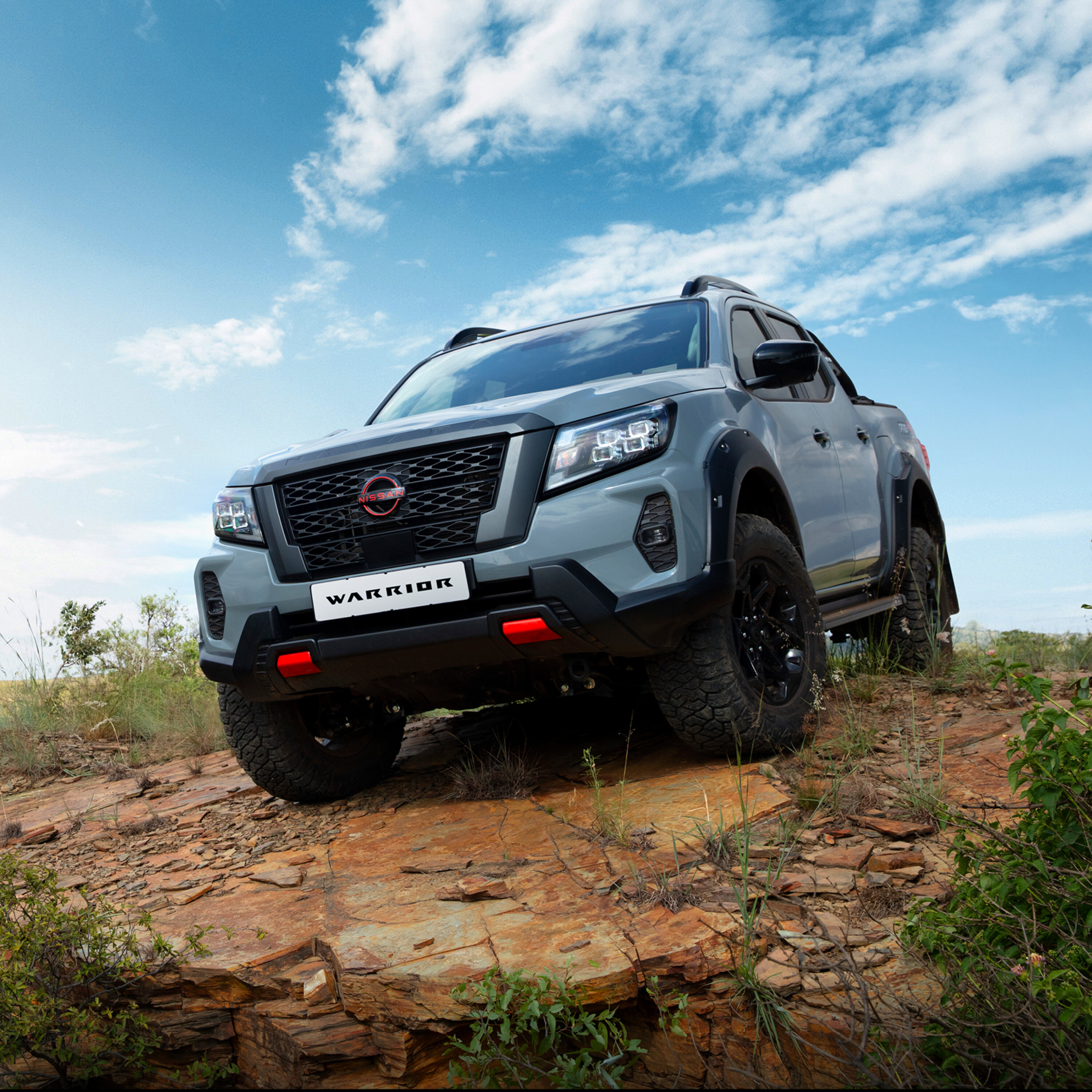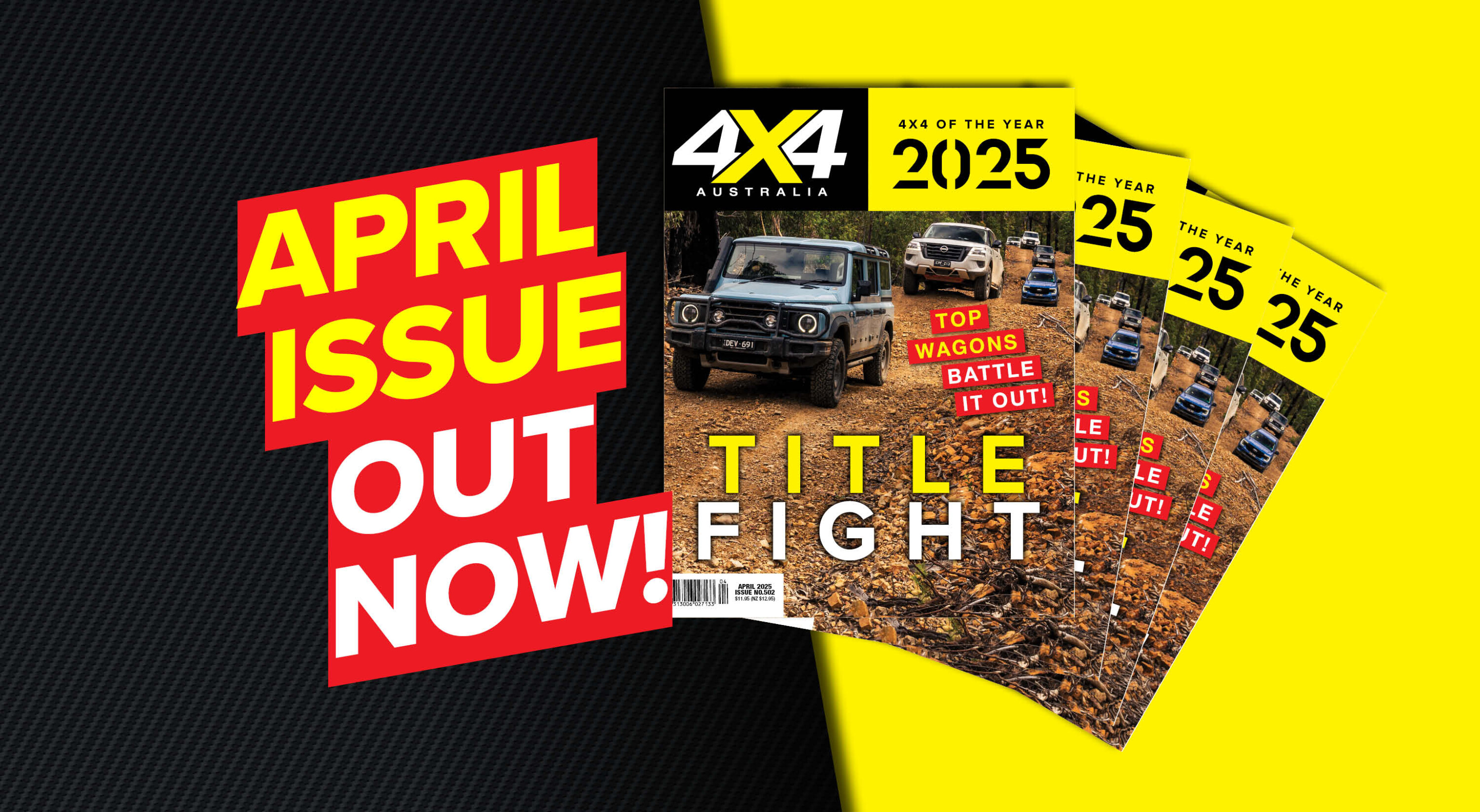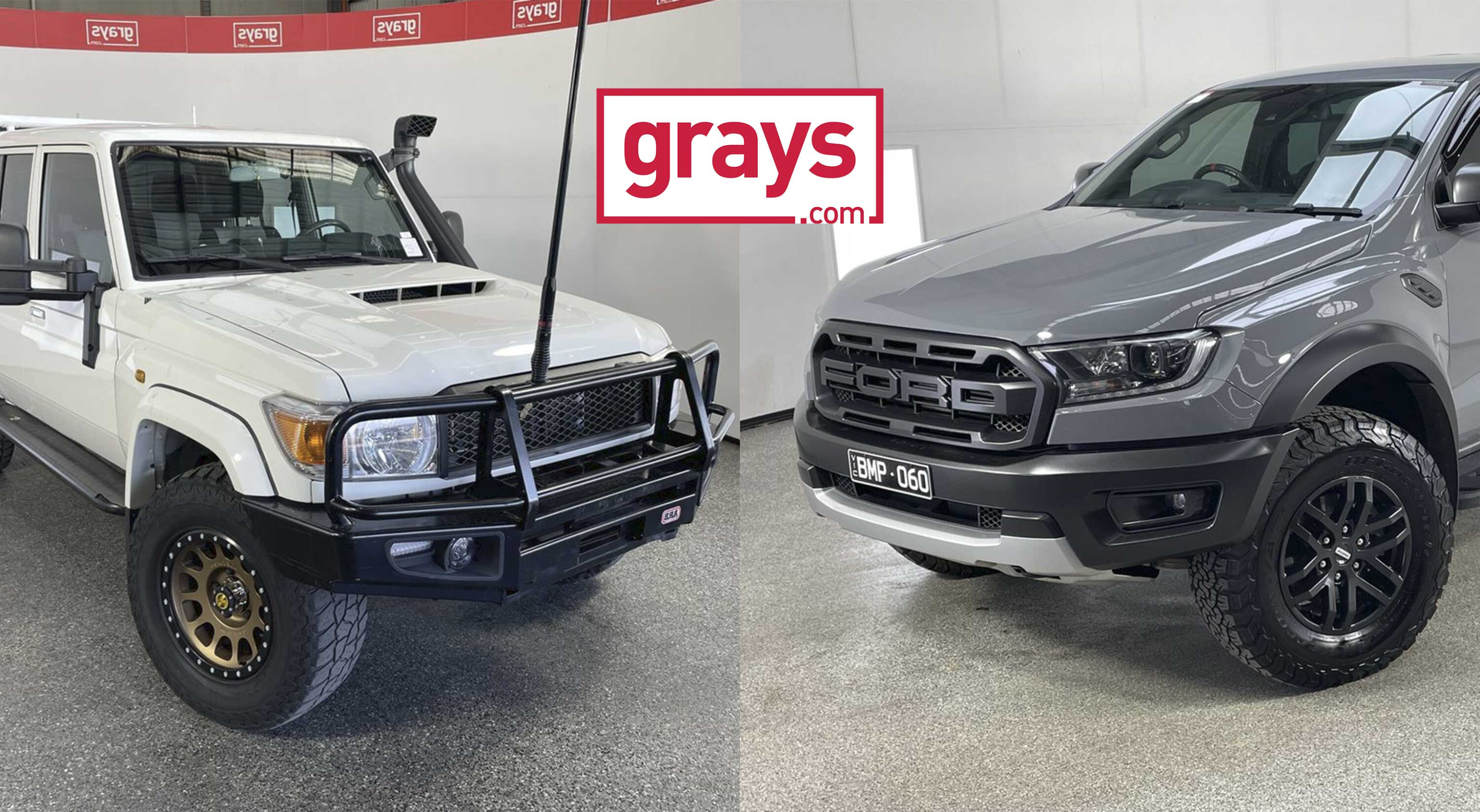UPDATE: Triton awarded 5-star ANCAP safety rating
The 2024 Mitsubishi Triton has become the first dual cab ute to achieve a five star ANCAP safety score under fresh, more stringent testing criteria.
The sixth-generation Triton, which we rated as 8/10 in our launch review, scored highly in ANCAP’s physical crash tests and recorded strong results for both front passages and child dummies in the second row.
To see exactly how the new Triton measured up in its crash test, hit the link below.
July ’23: 2024 Mitsubishi Triton pricing & features
The new Mitsubishi Triton has been priced for Australia. Running from $43,690-$63,840 before on-road costs, prices have increased between $3250 and $7600 for the dual-cab heavy range.
More variants will arrive post-launch. Sales are expected to start in February 2024 – hit the link below for all the details.
August 7: 2024 Mitsubishi Triton initial Australian details revealed
Following the Triton’s reveal yesterday, Mitsubishi Australia has released additional details regarding when and what we can expect from the bigger, faster, safer, and more comfortable sixth-gen ute.
Snapshot
- First drives in January 2024; customer deliveries in February
- Four variants available initially
- Twin-turbo diesel is exclusively available
- Bigger in every direction with a focus on cabin and ride comfort
Available in four trim levels from GLX to GSR, our first sample of the Triton will come in January 2024, with a target to get them on sale to the public by the first week of February. Exact specifications, including trim features, kerb weights, GCM and GVM are yet to be confirmed.
As for pricing, that remains up in the air as Mitsubishi continues to benchmark rivals to see where the Triton will sit in the market – but don’t expect it to cost the same as the existing car.
The GSR flagship currently costs $56,490 before on-road costs, significantly undercutting the segment stalwart Toyota HiLux SR5 ($62,490). We’re wagering the new Triton GSR will move up to meet the Toyota, so expect a circa-$60K price on the range-topper.
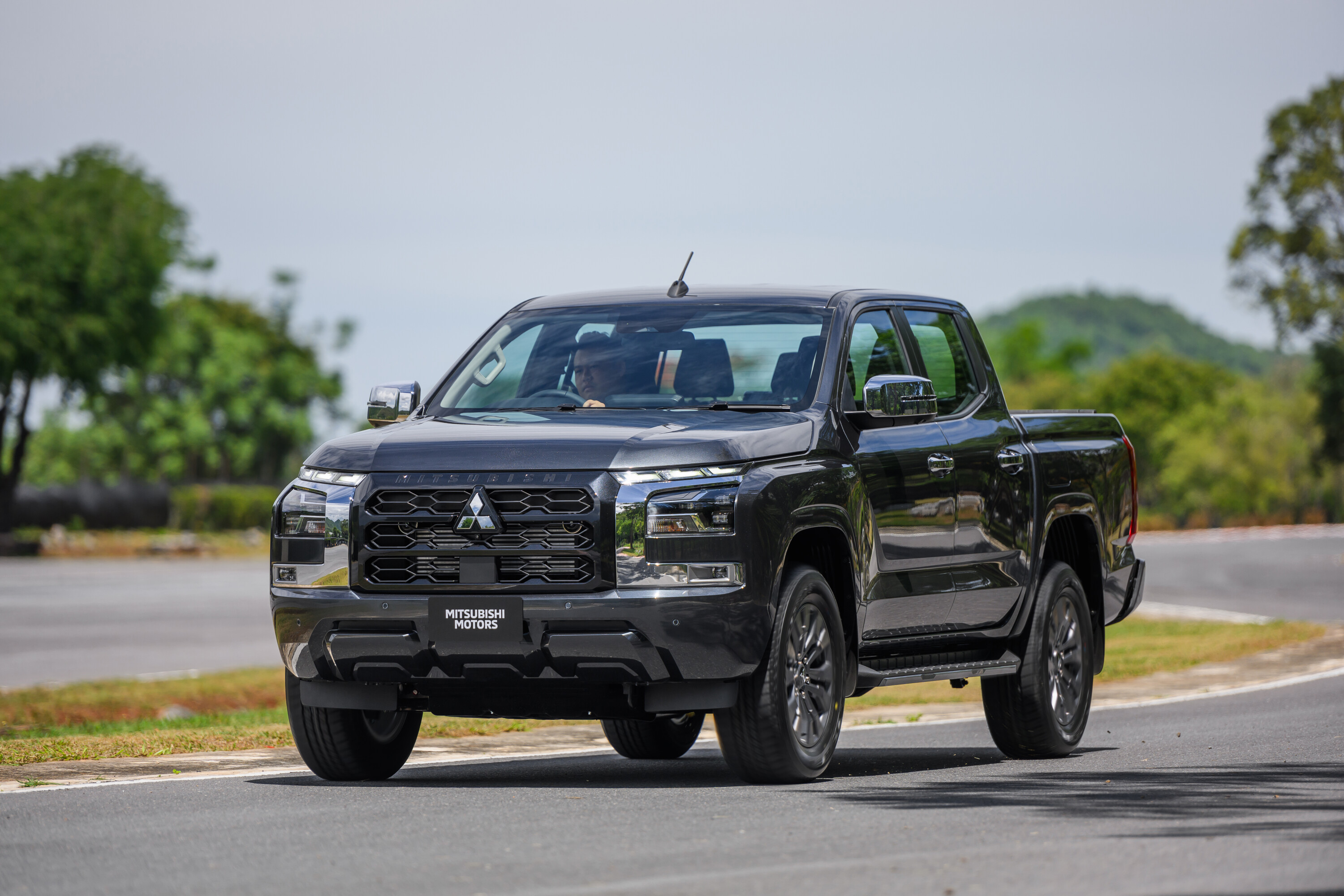
What trim levels are coming to Oz?
As before, the Triton range begins with the GLX with the option of 4×2 and 4×4. Four-wheel drive models are equipped with Mitsubishi’s Easy Select system, and although unconfirmed the GLX and GLX+ will likely score cloth upholstery.
The GLX+ typically gained more safety features, though with most of the necessary bits (including a centre airbag, as well as front and rear AEB) promised standard across the range, this may not be the case. The GLX+ does get a rear differential lock as standard, making this grade good for off-roaders on a budget.
Both the GLS and GSR are fitted with Mitsubishi’s Super Select II AWD system which allows all four wheels to be driven on paved surfaces thanks to a limited-slip centre differential that can be locked for loose surfaces. A low-range transfer case and rear locker will aid low-speed traction.
The GSR is exclusively available in a new hero colour, called Yamabuki Orange, while Blade Silver joins the paint palette as well.
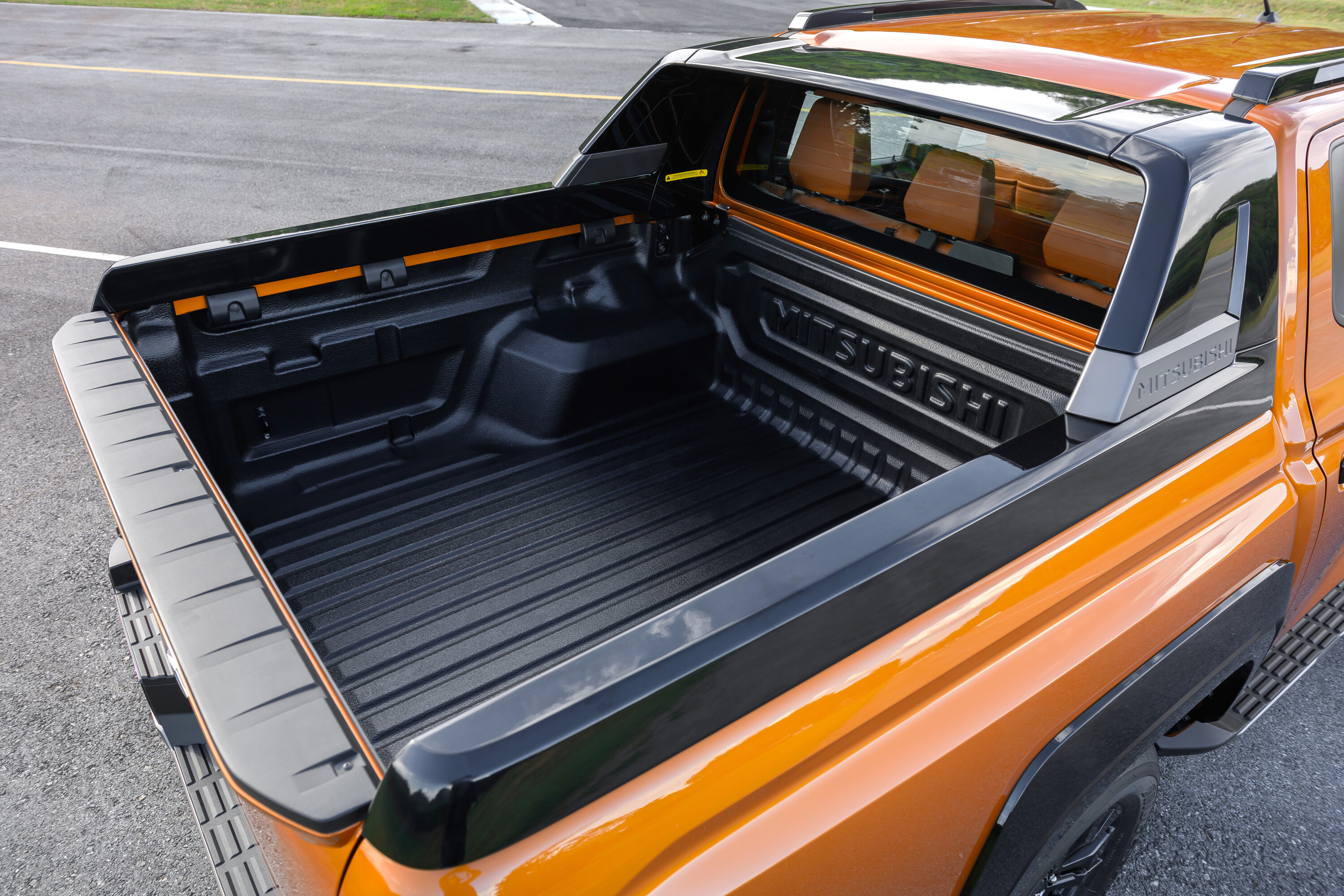
Under the bonnet is a 2.4-litre twin-turbo diesel four-cylinder producing 150kW/470Nm, with a six-speed automatic the only transmission at launch (though a revised manual will follow). It shares the head and block with the old Triton’s 2.4-litre, but gets new injectors and a second turbo, among other changes.
Safety credentials are massively improved, with range-wide front and rear AEB, adaptive cruise control, blind-spot monitoring, lane-trace assist, and centre airbag.
Mitsubishi has modernised interior design, improved occupant comfort and made for a better-riding ute. There’s a 9.0-inch touchscreen inside, redesigned seats with added support and enhanced storage solutions.
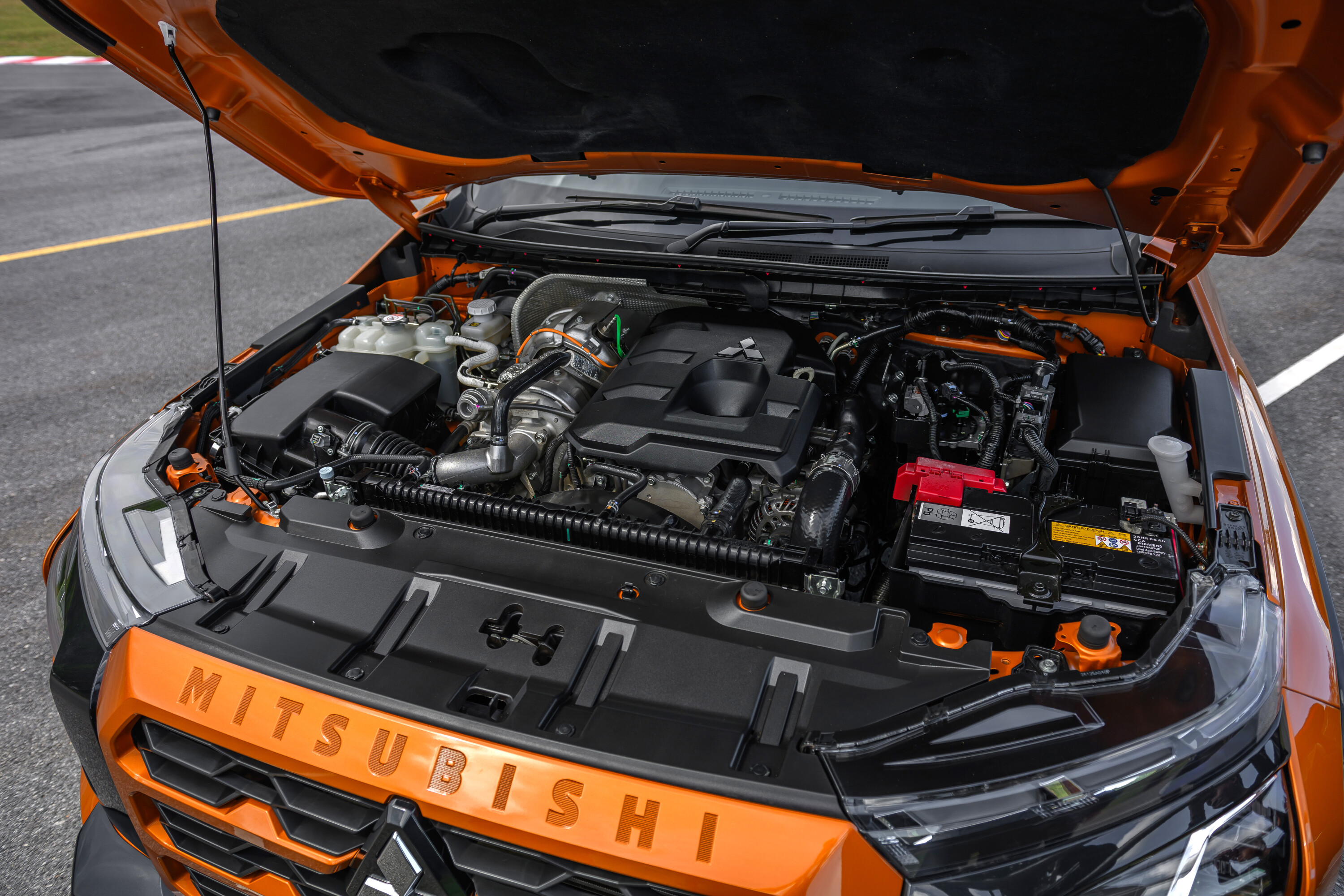
The vehicle itself has swollen in size, by 15mm in length, 50mm in width (including track) and – crucially – has a 130mm longer wheelbase, thanks to a new ladder frame chassis that’s 60 per cent more torsionally rigid. Along with the more powerful engine, the Triton is now certified to tow 3500kg braked.
Australia is the second-biggest market for Triton after Thailand and is easily the most profitable as local buyers love higher-margin GLS and GSR variants.




